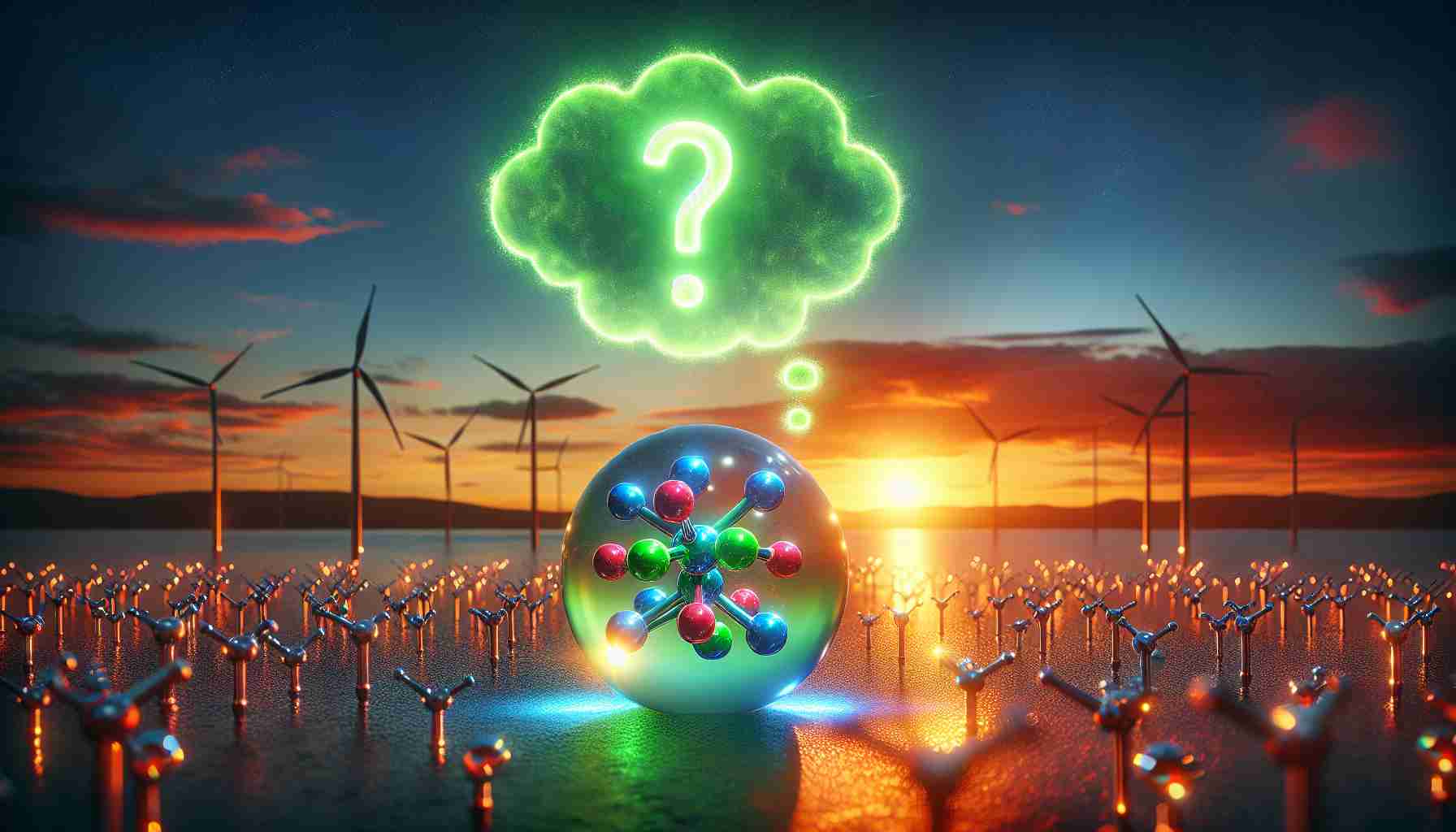
The Future of Green Hydrogen Investments
Green hydrogen investments surged in 2024, drawing significant attention from private sectors worldwide. Major projects are emerging in regions abundant with solar energy, often relying less on governmental subsidies, showcasing a trend towards self-sustaining initiatives.
For instance, a partnership between Actis, now part of General Atlantic, and Fortescue is set to launch a substantial green hydrogen venture in Oman, aiming for an annual production of 200,000 tonnes. This ambitious $4.7 billion plan will tap into multiple funding sources to ensure feasibility. Similarly, TotalEnergies leads a comparable initiative in Morocco, with support from renowned investors such as Copenhagen Infrastructure Partners.
Moreover, KKR revealed plans for a substantial investment of up to €400 million for green hydrogen projects in Spain and Portugal, highlighting a robust financial commitment fueled by their $7 billion Global Climate Fund. In another significant announcement, Brookfield committed up to $1.1 billion to the global e-fuel producer Infinium.
Despite the excitement surrounding these projects, the pace of physical development remains slow. In the past year, a mere 2GW of green hydrogen projects were greenlit, with most lacking private backing. Analysts indicate that overcoming the existing gap between production costs and market prices is pivotal for advancing these initiatives.
With ongoing deliberations and a need for strategic investments, the green hydrogen sector continues its evolution, promising a transformative role in sustainable energy.
Exploring the Booming Green Hydrogen Market: Trends, Innovations, and Future Insights
Green hydrogen is rapidly becoming a focal point in the global energy transition, driven by escalating investments and innovative projects that have emerged in 2024. As countries pivot towards sustainable energy sources, green hydrogen is not only carving a niche for itself but also reshaping the landscape of energy investments.
Market Trends and Insights
The growth trajectory of green hydrogen projects in 2024 indicates a profound shift in investment strategies. Notably, the surge in private sector involvement marks a departure from reliance on governmental subsidies. This trend underlines a growing confidence in the viability of green hydrogen as a self-sustaining energy source.
Key Projects and Financial Backing
– Actis and Fortescue in Oman: This partnership plans to establish a robust green hydrogen facility capable of producing 200,000 tonnes annually. The project’s financial structure includes diverse funding sources totaling $4.7 billion, a testament to the strategic investments being made.
– TotalEnergies in Morocco: Spearheading another significant initiative, TotalEnergies collaborates with prestigious investors such as Copenhagen Infrastructure Partners to enhance green hydrogen production in the region. These strategic alliances are critical for resource mobilization.
– KKR’s Commitment to Spain and Portugal: With plans to invest up to €400 million through its $7 billion Global Climate Fund, KKR’s ambition to explore green hydrogen opportunities exemplifies the commitment from private equity in renewable energy sectors.
– Brookfield and Infinium: Brookfield’s pledge of up to $1.1 billion illustrates the capital flow towards e-fuel production technologies, highlighting the intersection of green hydrogen and innovative fuel solutions.
Challenges to Overcome
Despite the enthusiasm surrounding green hydrogen, the pace of project development is slower than anticipated. Only 2GW of green hydrogen initiatives were approved last year, most of which are constrained by inadequate private financing. Analysts emphasize that bridging the gap between production costs and market prices is essential to unlock the sector’s full potential.
Innovations and Future Predictions
As the market continues to develop, we can expect:
– Enhanced Production Technologies: The development of cost-effective electrolysis methods could decrease production costs significantly, making green hydrogen more competitive with fossil fuels.
– Integration with Renewable Energy Sources: Increased synergies with solar and wind energy could enhance the efficiency and sustainability of green hydrogen production.
– Emergence of Global Supply Chains: As countries ramp up their green hydrogen capabilities, a global market and supply chain will likely emerge, facilitating trade and collaboration in renewable energy technologies.
Sustainability and Security Aspects
The shift towards green hydrogen not only contributes to reducing carbon emissions but also enhances energy security. By diversifying energy sources away from fossil fuels, nations can lessen their dependence on imported energy, thus improving their resilience against geopolitical tensions.
Pros and Cons of Green Hydrogen Investments
Pros:
– Reduces greenhouse gas emissions.
– Supports energy independence.
– Potential for job creation in new sectors.
Cons:
– High production costs compared to traditional fuels.
– Requires significant initial investment and infrastructure development.
– Development timelines are extended, leading to a slow rollout.
Conclusion
The future of green hydrogen appears promising with significant investments pouring into the sector. While challenges remain, particularly concerning cost competitiveness and project timelines, the momentum generated by recent partnerships and financial commitments suggests a transformative shift is on the horizon. As innovations continue to unfold, green hydrogen could play a crucial role in achieving global sustainability goals and reshaping the future of energy.
For more insights into energy innovations and investments, visit Energy.gov.



